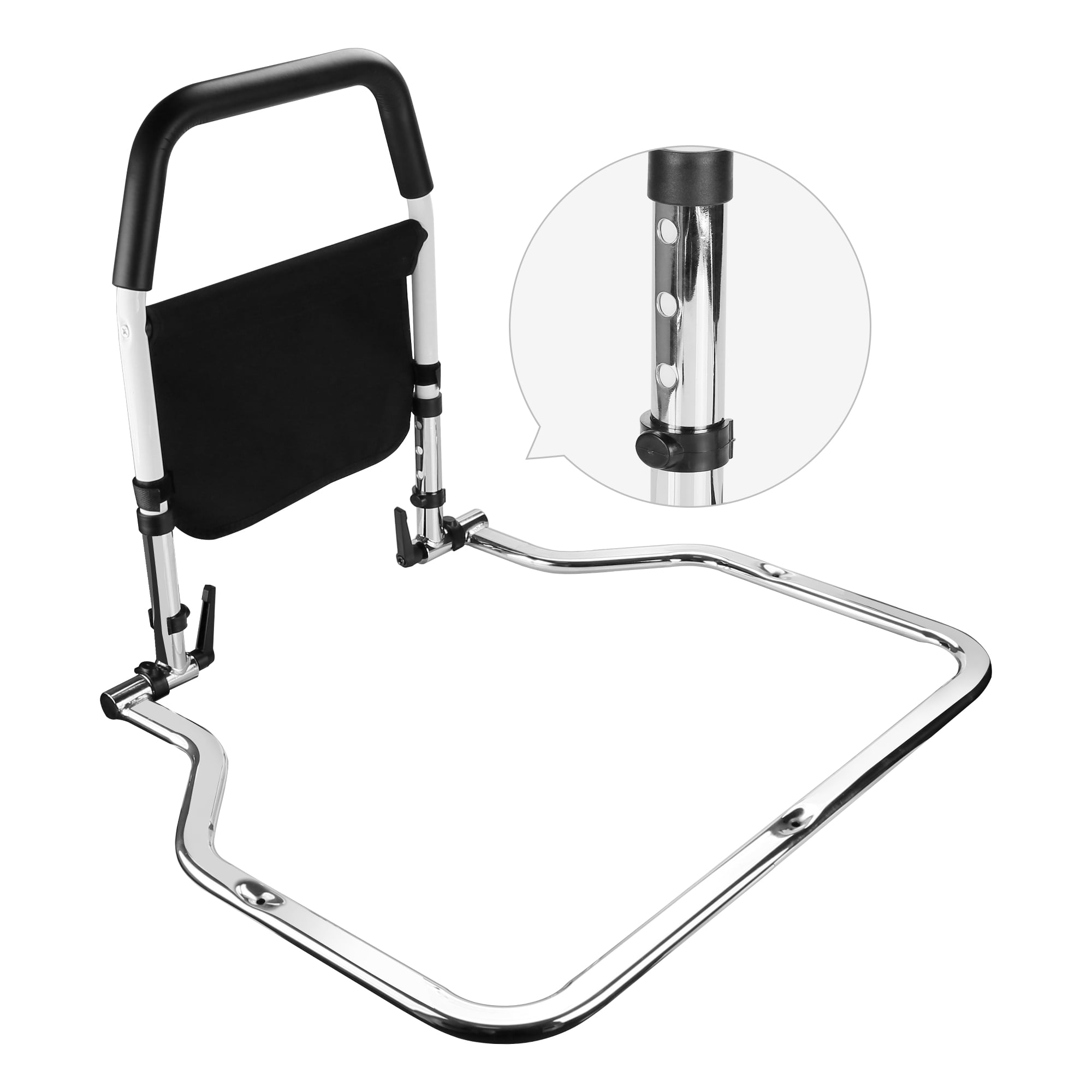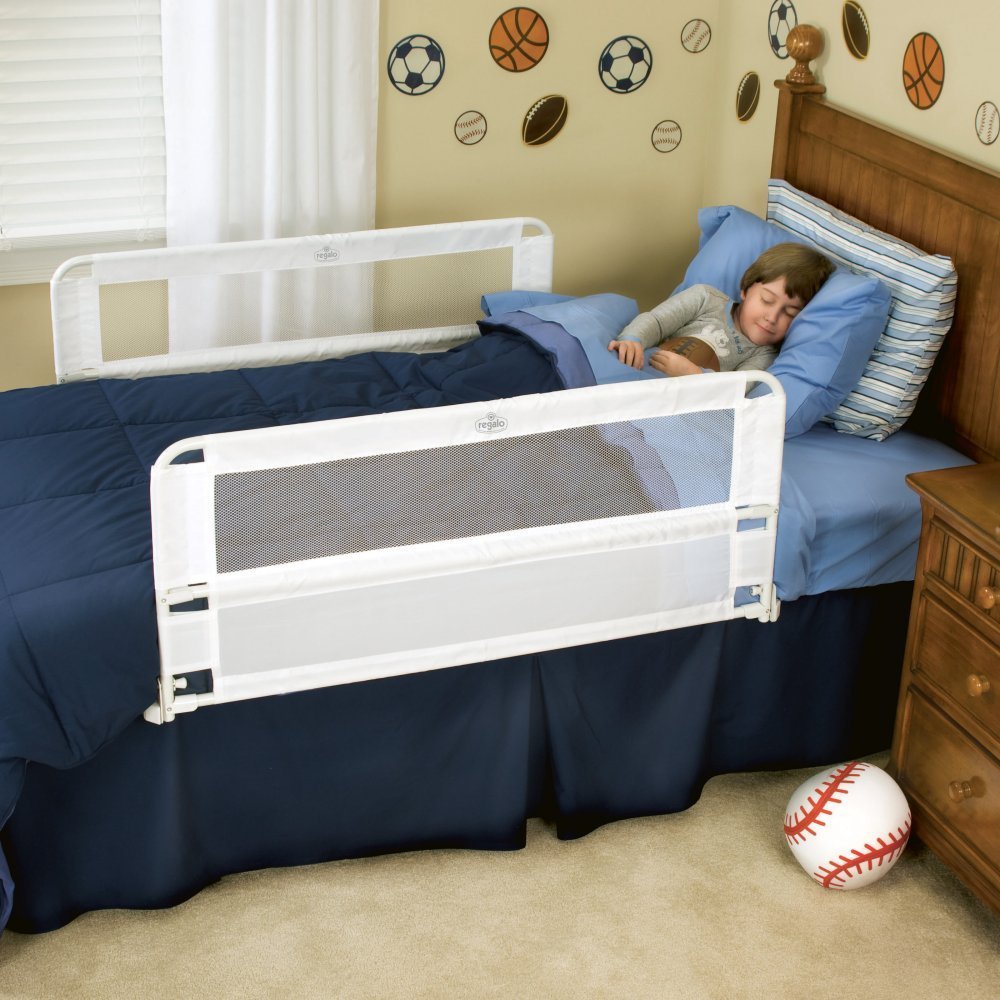


Patient or Family Concerns About Bed Rail Use Patients and their families should talk to their health care planning team to find out which options are best for them. Many patients go through a period of adjustment to become comfortable with new options. Reduce the gaps between the mattress and side rails.Ī process that requires ongoing patient evaluation and monitoring will result in optimizing bed safety.Use a proper size mattress or mattress with raised foam edges to prevent patients from being trapped between the mattress and rail.Lower one or more sections of the bed rail, such as the foot rail.When bed rails are used, perform an on-going assessment of the patient’s physical and mental status closely monitor high-risk patients. Anticipate the reasons patients get out of bed such as hunger, thirst, going to the bathroom, restlessness and pain meet these needs by offering food and fluids, scheduling ample toileting, and providing calming interventions and pain relief.When the patient is at risk of falling out of bed, place mats next to the bed, as long as this does not create a greater risk of accident.Keep the bed in the lowest position with wheels locked.Use beds that can be raised and lowered close to the floor to accommodate both patient and health care worker needs.Most patients can be in bed safely without bed rails. Preventing patients, who are able to get out of bed, from performing routine activities such as going to the bathroom or retrieving something from a closet.Feeling isolated or unnecessarily restricted.Inducing agitated behavior when bed rails are used as a restraint.More serious injuries from falls when patients climb over rails.Strangling, suffocating, bodily injury or death when patients or part of their body are caught between rails or between the bed rails and mattress.Potential risks of bed rails may include: Providing easy access to bed controls and personal care items.Reducing the risk of patients falling out of bed when being transported.Providing a feeling of comfort and security.Providing a hand-hold for getting into or out of bed.Aiding in turning and repositioning within the bed.Regulatory agencies, health care organizations, product manufacturers and advocacy groups encourage hospitals, nursing homes and home care providers to assess patients’ needs and to provide safe care without restraints. Although not indicated for this use, bed rails are sometimes used as restraints. In recent years, the health care community has recognized that physically restraining patients can be dangerous. Historically, physical restraints (such as vests, ankle or wrist restraints) were used to try to keep patients safe in health care facilities. Assessment by the patient’s health care team will help to determine how best to keep the patient safe. Patients who have problems with memory, sleeping, incontinence, pain, uncontrolled body movement, or who get out of bed and walk unsafely without assistance, must be carefully assessed for the best ways to keep them from harm, such as falling. * In this brochure, the term patient refers to a resident of a nursing home, any individual receiving services in a home care setting, or patients in hospitals. Most patients were frail, elderly or confused. Of these reports, 480 people died, 138 had a nonfatal injury, and 185 were not injured because staff intervened. Between 1985 and January 1, 2009, 803 incidents of patients* caught, trapped, entangled, or strangled in beds with rails were reported to the U.S. Today there are about 2.5 million hospital and nursing home beds in use in the United States.


 0 kommentar(er)
0 kommentar(er)
